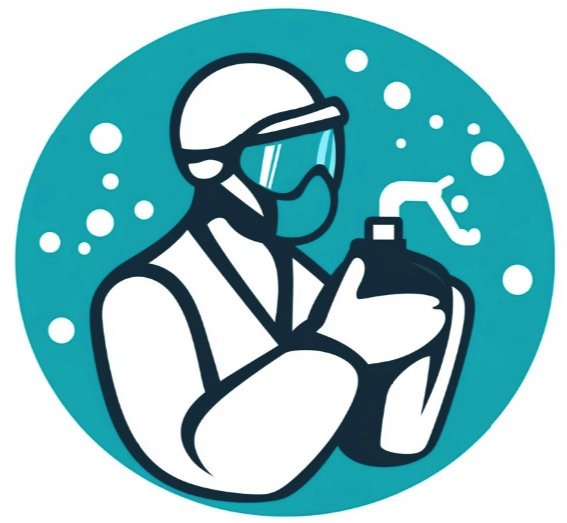Understanding the Perfect Storm of Climate, Construction, and Conditions
Mold thrives in dark, damp environments — and unfortunately, Shreveport’s humid climate makes it a prime location for mold to take hold. Many homes and buildings in our area were built decades ago, often with outdated ventilation systems and poor moisture barriers. Combine that with the frequent rains, flooding risks, and subtropical conditions, and you’ve got an ideal environment for mold spores to settle and spread.
The Role of Humidity in Mold Growth
Shreveport’s average humidity hovers around 75%, and during the summer months, it can feel like you’re walking through a sponge. That moisture doesn’t just stay outdoors. It seeps into your home — through cracks in the foundation, poor insulation, open windows, or even just the daily use of showers and appliances. Once relative humidity inside your home climbs above 60%, mold can begin to grow on walls, ceilings, and other porous materials.
Common Places Mold Hides in Shreveport Homes
While some mold is visible (black streaks on the ceiling, discoloration in the corners of the room), much of it remains hidden behind walls or under flooring. Here are some of the most common spots we find mold during inspections in Shreveport:
– **Attics and crawl spaces** – Poor airflow and roof leaks often cause condensation.
– **Basements** – Even partially below-grade basements retain moisture and trap humidity.
– **Bathrooms and laundry rooms** – Constant exposure to steam and occasional leaks.
– **Air ducts** – Mold spores love to settle inside dusty, damp ducts where they can spread with every cycle.
– **Behind walls** – Plumbing leaks behind drywall are a major cause of hidden mold.
Is All Mold Dangerous?
Not all mold is toxic, but that doesn’t mean it’s safe. Even non-toxic mold can trigger allergic reactions, asthma, respiratory irritation, or other chronic symptoms — especially in children, the elderly, or those with weakened immune systems. Mold exposure has been linked to symptoms such as:
– Persistent coughing or sneezing
– Skin rashes
– Eye irritation
– Nasal congestion
– Headaches or fatigue
Toxic mold, such as *Stachybotrys chartarum* (commonly known as black mold), is even more serious. It produces mycotoxins that can cause neurological damage or long-term health issues if not addressed promptly.
How to Prevent Mold in Your Home
The key to mold prevention is moisture control. While you can’t change the weather in Shreveport, you *can* take smart steps to limit mold’s ability to grow indoors:
– **Use dehumidifiers** in humid rooms and basements.
– **Improve ventilation**, especially in bathrooms, kitchens, and attics.
– **Fix leaks fast** — even small ones can lead to major mold growth behind walls.
– **Install vapor barriers** in crawl spaces and basements.
– **Insulate pipes and windows** to reduce condensation buildup.
– **Have regular inspections**, especially if your home has a history of flooding or roof issues.
What to Do If You Suspect Mold
If you notice a musty smell, see dark patches forming on walls or ceilings, or experience unexplained health symptoms — it’s time to take action. Mold can spread in as little as 24 to 48 hours, and delaying treatment only makes the problem worse and more costly.
At Shreveport Mold Removal, we offer professional mold inspections that go beyond surface-level checks. We use moisture meters, infrared imaging, and air quality testing to locate hidden sources of mold and identify how far the contamination has spread.
How Our Process Works
Every mold situation is different, but here’s what you can expect when you call us:
Inspection: Our experts conduct a thorough inspection of your property to identify mold growth and its source.
Customized Plan: We develop a tailored remediation plan to effectively eliminate the mold.
Safe Removal: Our team uses advanced, eco-friendly techniques to remove mold safely.
Prevention: We provide recommendations to prevent future mold growth and offer optional protective treatments.
